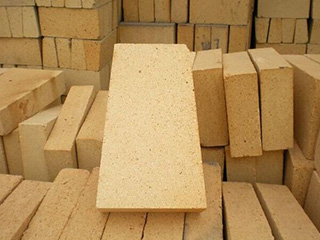Casting bricks is a process that involves pouring molten metal into molds to create solid brick shapes that are used for a variety of industrial applications. This article will provide an ultimate guide to casting bricks, covering everything from the types of molds used to the benefits of using cast bricks.

Types of Molds
The molds used for casting bricks can be made from a variety of materials, including sand, metal, and graphite. Sand molds are the most commonly used type of mold in the industry due to their affordability and ease of use. Metal molds are typically used for high volume production runs, as they can withstand the repeated exposure to molten metal. Graphite molds are used for high precision casting applications, as they can produce intricate and detailed shapes.
Materials Used for Casting Bricks
The most common materials used for casting bricks are steel, iron, and aluminum. Steel is the most durable and heat-resistant material, making it ideal for applications where high temperatures are present. Iron is a more affordable option that is often used for applications that require moderate heat resistance. Aluminum is the most lightweight option, making it suitable for applications that require a low weight-to-strength ratio.
The Casting Process
The casting process begins with the creation of a mold. Once the mold is complete, it is preheated to a specific temperature to prevent the molten metal from cooling too quickly when it is poured. The molten metal is then poured into the mold, filling it completely. After the metal has cooled and solidified, the mold is removed, leaving behind a solid brick shape.
Advantages of Casting Bricks
There are several advantages to using cast bricks over other types of refractory materials. For one, casting bricks can be customized to fit the specific needs of an application. They can be made in a wide range of sizes, shapes, and compositions, making them suitable for a variety of industrial applications. Additionally, cast bricks have a high resistance to thermal shock and are more durable than other types of refractory materials, making them ideal for use in high-temperature applications.
Applications for Casting Bricks
Casting bricks are used in a wide range of industrial applications, including steel production, glass manufacturing, cement production, and petrochemical refining. They are commonly used in furnaces, kilns, and other high-temperature applications where heat resistance and durability are essential.
Maintenance and Repair
Casting bricks require regular maintenance and repair to ensure that they continue to perform at their best. Maintenance tasks may include cleaning the bricks to remove debris and buildup, repairing any cracks or chips in the bricks, and checking for signs of wear and tear. If a brick becomes damaged beyond repair, it can be replaced with a new brick.
Conclusion
Casting bricks are a versatile and durable refractory material that is used in a wide range of industrial applications. They offer several advantages over other types of refractory materials, including the ability to customize the shape and composition of the bricks, high resistance to thermal shock, and durability. With regular maintenance and repair, cast bricks can provide reliable and long-lasting performance in high-temperature applications.
Contact: Mgr. Han
Phone: 0086-13589497465
Email: 1255953279@qq.com
Add: Industrial Area of Lingzi Town,Zichuan District,Zibo City, Shandong,China